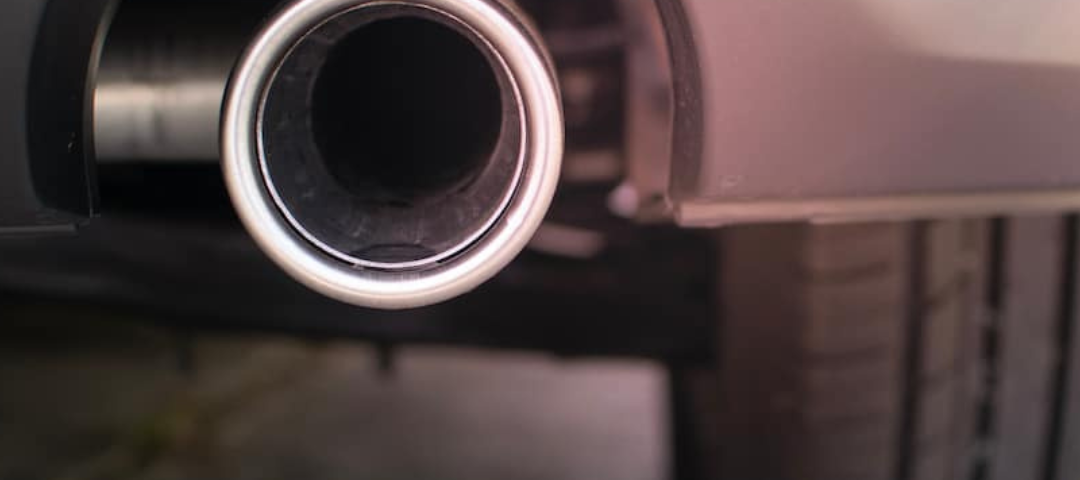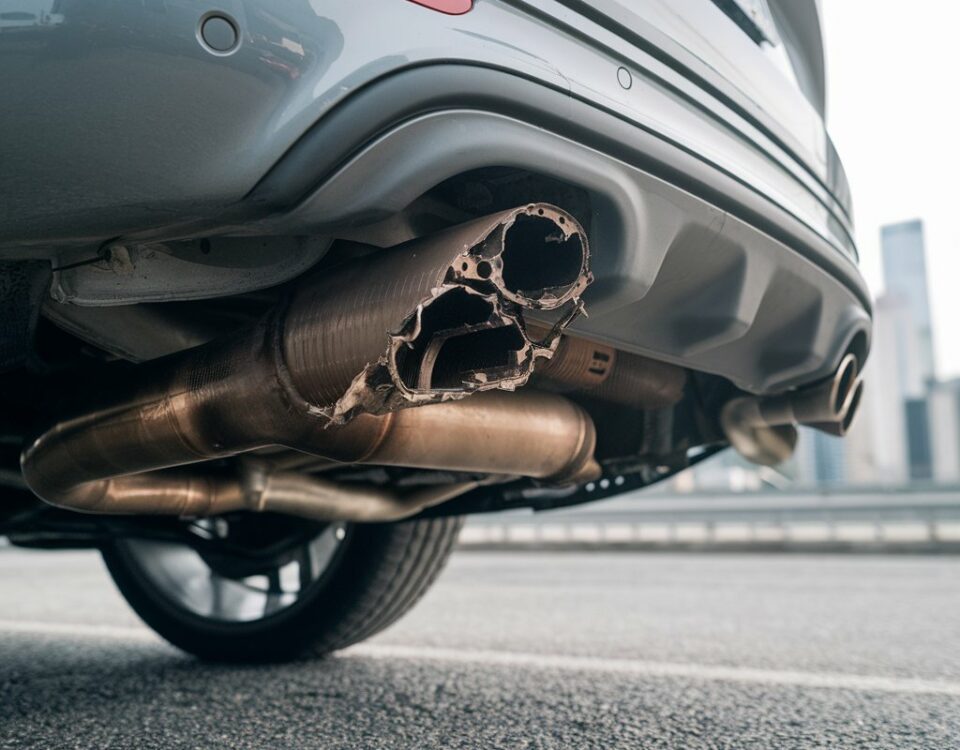
All About Car Health: Your Ultimate Guide to Smog Inspection Stations
June 14, 2023
Prepare Your Car for a Smog Inspection Station: Essential Tips
June 14, 2023Understanding the environmental impact of our daily activities, including our driving habits, is crucial. As a responsible car owner, knowing the process that your vehicle goes through at a smog inspection station can empower you to maintain your vehicle’s health and minimize its environmental footprint. At Smog All Cars, we believe in clarity and transparency. This article aims to guide you through the intricate process smog inspection stations use to assess your car’s emissions.
What is a Smog Inspection Station?
A smog inspection station is a certified facility authorized to conduct tests on vehicles to check their emissions. These checks help ensure that all vehicles comply with the local and federal emissions standards. At Smog All Cars, our smog inspection stations are designed to deliver precise and reliable results.
The Smog Inspection Process
A visit to a smog inspection station can be boiled down to two key components: the visual inspection and the functional tests.
Visual Inspection
Visual inspection aims to identify any tampering or alterations with the emission control systems. The inspector checks for components like the catalytic converter and gas cap to ensure they’re functioning correctly.
Functional Tests
Functional tests further include two parts: the Idle Test and the Loaded Mode Test.
Idle Test: The Idle Test evaluates the exhaust emissions when the engine is idling. This test is particularly important for older vehicles, which tend to release more pollutants while idling.
Loaded Mode Test: The Loaded Mode Test examines the emissions while the vehicle’s engine is running under simulated driving conditions. It helps to evaluate how the car’s emission control systems perform under stress.
At Smog All Cars, our technicians are highly trained in conducting these tests to ensure your vehicle is within acceptable emission limits.
Preparing Your Car for Smog Inspection
Proper preparation for a smog test is crucial. Keep the engine oil and air filter clean, as dirty oil and filters can increase emissions. Make sure to fix any known mechanical issues, as they can affect the car’s exhaust system. It’s also beneficial to drive the car at highway speeds for a couple of weeks before the test to ensure the catalytic converter is fully heated and performing at its optimum level.
Post-Inspection
After the inspection, you’ll receive a Vehicle Inspection Report (VIR). If your vehicle passes the smog check, the report will detail the results, indicating that your vehicle met the required standards. If it fails, the report will highlight the areas that need attention.
At Smog All Cars, we not only provide smog inspection services but also offer guidance on rectifying the issues that may cause your vehicle to fail the smog check.
In Conclusion
Understanding the smog inspection process and the role of smog inspection stations helps you appreciate the efforts made to ensure our vehicles contribute less to air pollution. At Smog All Cars, we are dedicated to providing you with the knowledge and services you need to navigate smog checks successfully and keep your car running smoothly and sustainably.
Prepare Your Car for a Smog Inspection Station: Essential Tips
All About Car Health: Your Ultimate Guide to Smog Inspection Stations




